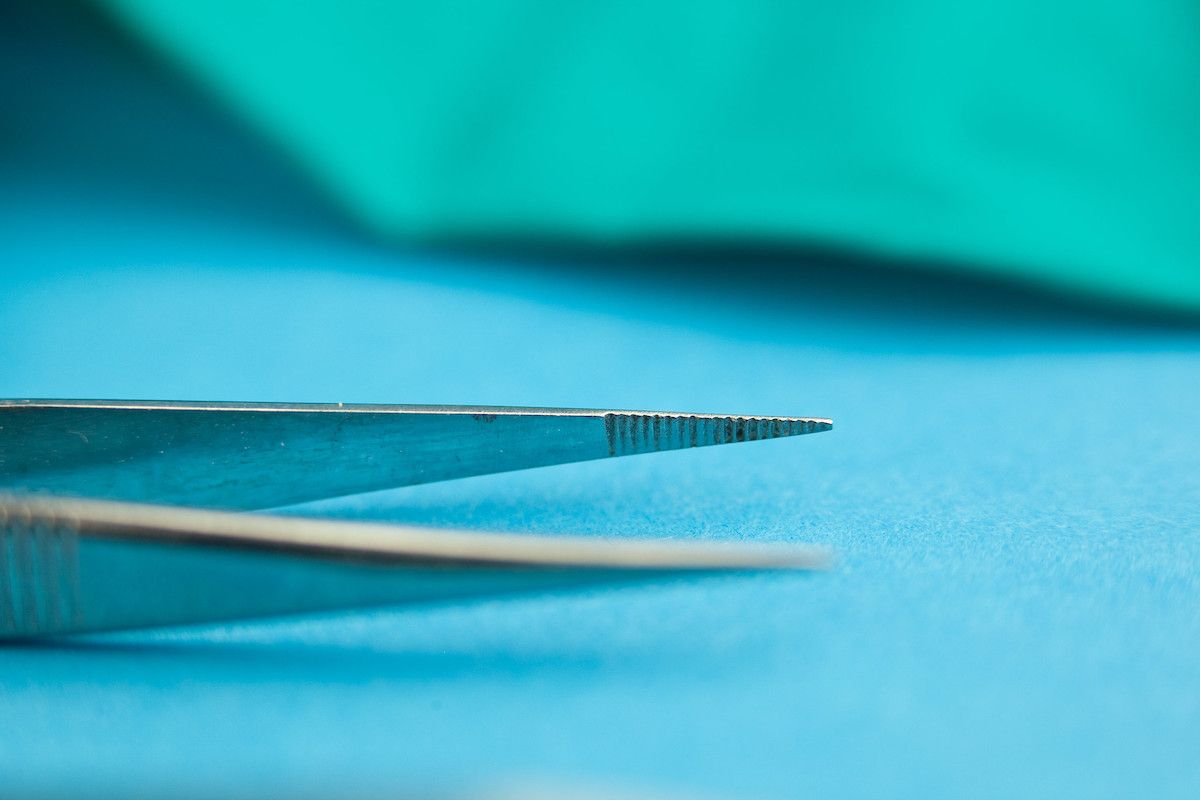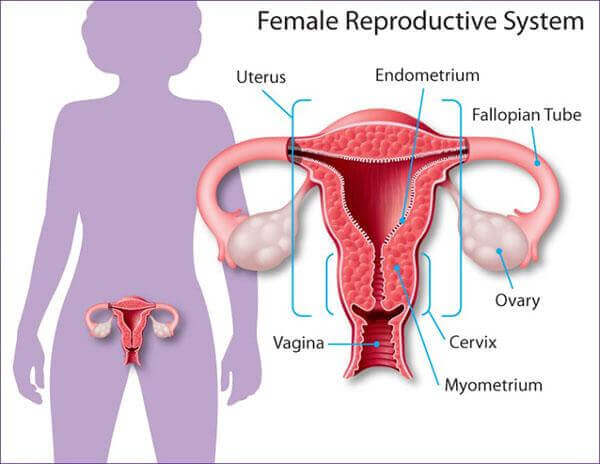A widely shared video on TikTok posted by user Ashley Sheehan (@thedopestginger) on March 31, 2021, claimed that “five years ago” she had an emergency hysterectomy. But in 2021, Sheehan continued — despite having a portion of her uterus removed — she began experiencing a period and was subsequently told by a doctor that she had a “full-grown uterus.”
“Did I regrow it? Did I have two? Was it never removed? I don’t know,” said Sheehan in the video, which had been liked more than 65,000 times as of this writing.
In three follow-up videos, Sheehan said that she had a partial hysterectomy when she was 14 years old and pregnant with her first child. At 27 weeks, she had what is known as placental abruption, a serious complication where the placenta separates from the inner wall of the uterus that can decrease or block the baby’s supply of oxygen and nutrients and cause heavy bleeding in the mother. After Sheehan experienced heavy bleeding, doctors conducted an emergency Caesarean and a partial hysterectomy, which removes part of the uterus and leaves the cervix intact, to stop the bleeding.
In an April 1, 2021, video, Sheehan said she received a second opinion and an ultrasound and was told that her uterus looks “fine.” Sheehan also said that she retained all of her medical records, but she did not respond to Snopes’ attempt to verify the information.
A hysterectomy is a surgery to either entirely or partially remove a biological woman’s uterus for a number of possible reasons, including uterine fibroids, endometriosis, or cancer, according to the U.S. Office on Women’s Health. While the National Institute of General Medical Sciences notes regeneration is possible for humans inasmuch as we can regrow lost tissues and cells, there is no evidence to suggest that a fully removed uterus can regrow. Regeneration occurs when skin scars or hair regrows, or even when a bone fracture is healed when new tissue is grown. Even the liver experiences regeneration to an extent in what is known as compensatory hypertrophy. When part of the liver is removed or destroyed, the remaining portion has been known to grow to its original size and allow the organ to function as it did before. Kidneys, the pancreas, the thyroid, adrenal glands and lungs can also compensate for organ loss, but in a much more limited way.
But a uterus is not one of those organs — and humans do not have the ability to regrow organs when one has been completely removed. One explanation in Sheehan's case (as she herself suggested in her first video) could be that she initially had a double uterus, a rare congenital abnormality that the Mayo Clinic notes often results in successful pregnancies, but can increase the risk of miscarriage or premature birth.
“In a female fetus, the uterus starts out as two small tubes. As the fetus develops, the tubes normally join to create one larger, hollow organ — the uterus,” wrote the medical nonprofit. “Sometimes, however, the tubes don’t join completely. Instead, each one develops into a separate structure.” According to an interview with Robert Zurawin, an obstetrician-gynecologist at Baylor College of Medicine in Houston, conducted by Scientific American in 2009, about one in 2,000 women will experience a double uterus.
That being said, it is important to note that it is possible to get pregnant after a hysterectomy — and that doesn’t necessarily mean that the uterus has grown back. In one case study published in the Journal of Medical Case Reports, the researchers describe a 32-year-old African woman who experienced what is known as an ectopic pregnancy. If a person has ovaries making eggs, a fertilized egg can implant in the ovaries. In this particular case, the woman had her uterus removed six years prior via hysterectomy after a Caesarean.
“While a complete uterus is the typical site of gestation, it is not absolutely necessary for fertilization and implantation,” wrote the study authors at the time. “Pregnancy following hysterectomy is very rare and may lead to significant morbidity, especially when diagnosis is delayed.”
It is also possible to still experience a menstrual cycle following a hysterectomy. Another case study published in the Pakistan Journal of Medical Sciences described what is known as endometriosis, a painful condition when the inner lining of the uterus (called the endometrium) can implant anywhere in the abdomen. Hormones trigger the endometrium to grow like a normal menstrual cycle, causing the lining to build up and then shed.
In an update posted to TikTok on April 23, Sheehan shared “good news” that everything was “super normal” and she did not, in fact, have two uteruses.
“I do not have two uteruses. Basically, when you think of a hysterectomy, you think that they’ve removed a uterus but in my case, they took a super, super small piece very close to the cervix and took that out,” she said. “Visually and atomically, I do have a uterus. I cannot carry children any longer and I won’t be able to get pregnant.”
Because our investigation did not reveal any documented cases and Sheehan confirmed in an April 23 follow-up video that she did have a uterus, we rate this claim as “False.”


